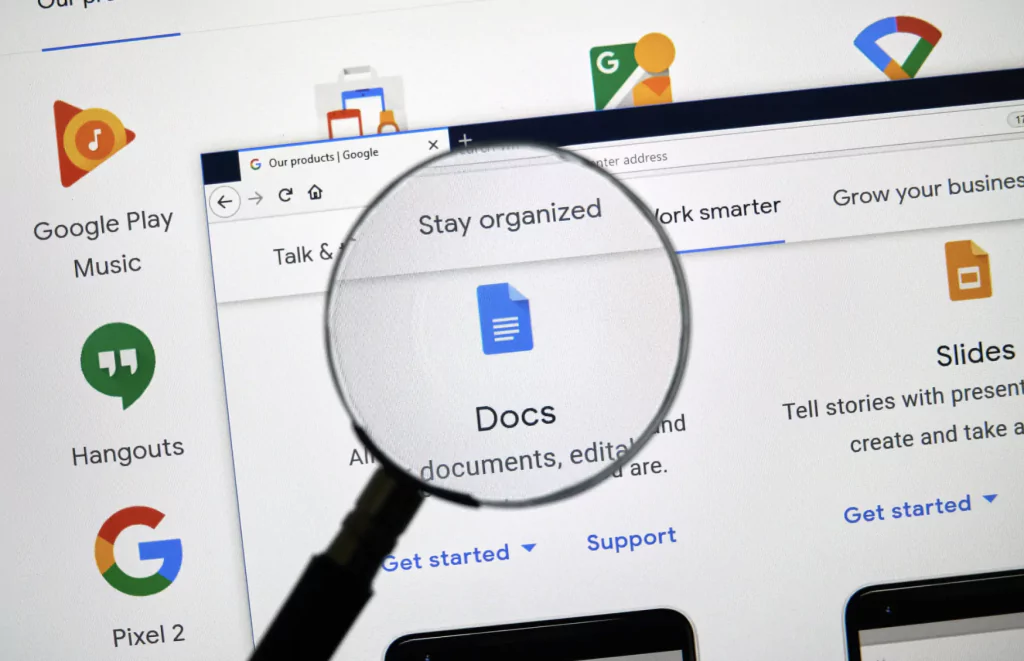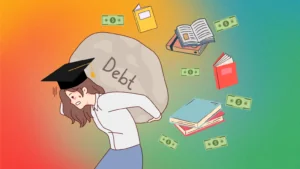
Adam Sterling, a thought-provoking student, proposes a shift from traditional plagiarism detection tools toward monitoring revision history in Google Docs for academic integrity.

✅ AI Essay Writer ✅ AI Detector ✅ Plagchecker ✅ Paraphraser
✅ Summarizer ✅ Citation Generator
Key Takeaways
- Adam Sterling’s innovative approach proposes leveraging the revision history feature of Google Docs or similar platforms, thereby allowing professors to see the evolution of thought in students’ essays, which is hard to fake.
- Sterling’s method aims to protect honest students from being falsely flagged by anti-AI tools and being subjected to the arduous plagiarism investigation process.
- Sterling’s proposition aligns with the shifting digital education environment, promoting a more modern approach to combating academic dishonesty.
- The approach is not fool-proof but asserts it is potentially a more effective and fairer system than the prevalent reliance on anti-AI tools.
Adam Sterling, a forward-thinking student, has stirred up a meaningful discussion about an unconventional approach to maintaining academic integrity. In a thought-provoking post on Reddit, Sterling critically evaluated the conventional methods universities use to detect plagiarism, offering a potentially more effective and equitable alternative – monitoring a student’s revision history in Google Docs or a similar platform.
Sterling’s idea challenges the dependence on anti-AI checkers and Turnitin, tools that universities around the globe heavily rely on. According to him, observing a student’s essay-writing process from start to finish provides a more honest perspective of their work.
“There’s generally multiple revisions, rewriting of entire paragraphs, changing of narrative direction.”
Sterling noted in his post that this human “evolution of thought” is something AI-generated essays, no matter how sophisticated, would fail to recreate authentically.
As his post gained attention, Sterling received numerous comments and counter-arguments from his peers and educators. Some users supported his novel idea, while others presented reasons for maintaining the status quo, from privacy concerns to potential misuse. In response, Sterling defended his proposal, maintaining that his system isn’t designed to be foolproof, nor is it meant to catch every instance of cheating. Instead, he emphasized that its main aim is to protect those students who have been falsely accused of plagiarism, a situation that often leads to time-consuming and distressing investigations that can cause significant emotional distress.
Additionally, Sterling argued that his proposal could save educators valuable time and effort. When an essay is flagged for potential plagiarism, it can lead to a chain of meetings with the student, their parents, and university administrators, often requiring a substantial amount of paperwork. By viewing the evolution of a student’s essay, professors could potentially bypass this lengthy process, focusing only on the suspicious cases that warrant further investigation.
In one section of his post, Sterling even addressed the potential loopholes that could arise if his system were implemented. For instance, he recognized that it might be possible to game the system by writing a script that mimics the writing and editing process. However, Sterling maintained that such a complex script would be far more difficult and time-consuming to create than simply writing an original essay, making it an unlikely route for most students.
Sterling’s innovative suggestion presents an opportunity for the academic community to reflect upon and potentially reevaluate how plagiarism is detected and handled in our increasingly digital age. The overarching theme of his proposal is not just about catching the cheaters but ensuring fairness and integrity in the academic system and, most importantly, protecting those students who diligently produce original work.
Conclusion
Adam Sterling’s post provides food for thought in the ongoing battle against academic dishonesty. While it is clear that no system can be completely foolproof, his proposition reflects the importance of continuous adaptation and the need for incorporating digital solutions in education. His proposition of using revision history offers a fresh perspective, and while it may not be the ultimate solution, it opens the floor for much-needed dialogue on improving the detection of academic dishonesty.
Related stories:
The Issue with Code Submission to Plagiarism Detection Tools
Anti-plagiarism tools face a new challenge. ChatGPT to seize the academic environment
Best Plagiarism Checker: Top 10 for Students and Teachers
Follow us on Reddit for more insights and updates.





Comments (0)
Welcome to A*Help comments!
We’re all about debate and discussion at A*Help.
We value the diverse opinions of users, so you may find points of view that you don’t agree with. And that’s cool. However, there are certain things we’re not OK with: attempts to manipulate our data in any way, for example, or the posting of discriminative, offensive, hateful, or disparaging material.